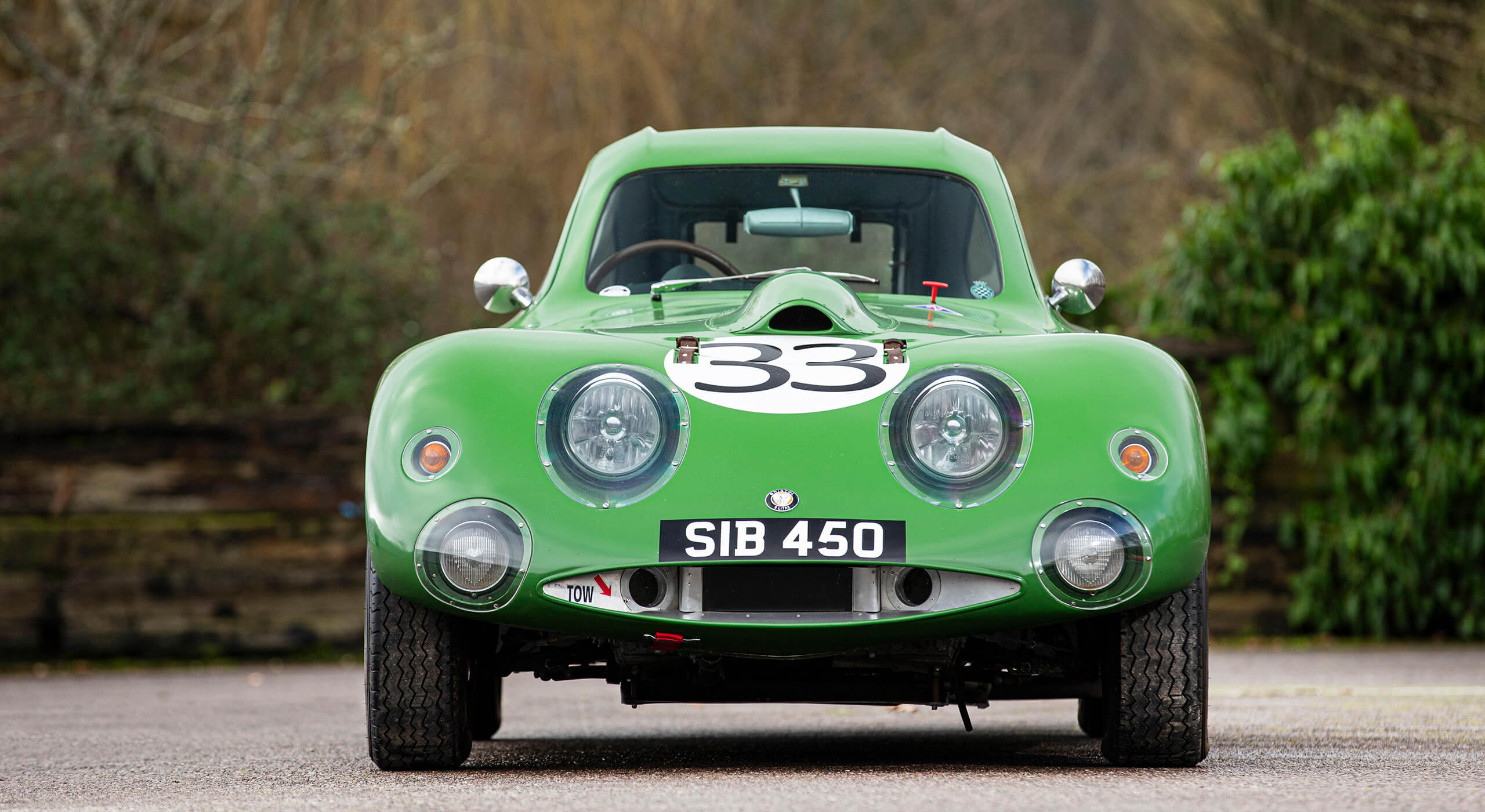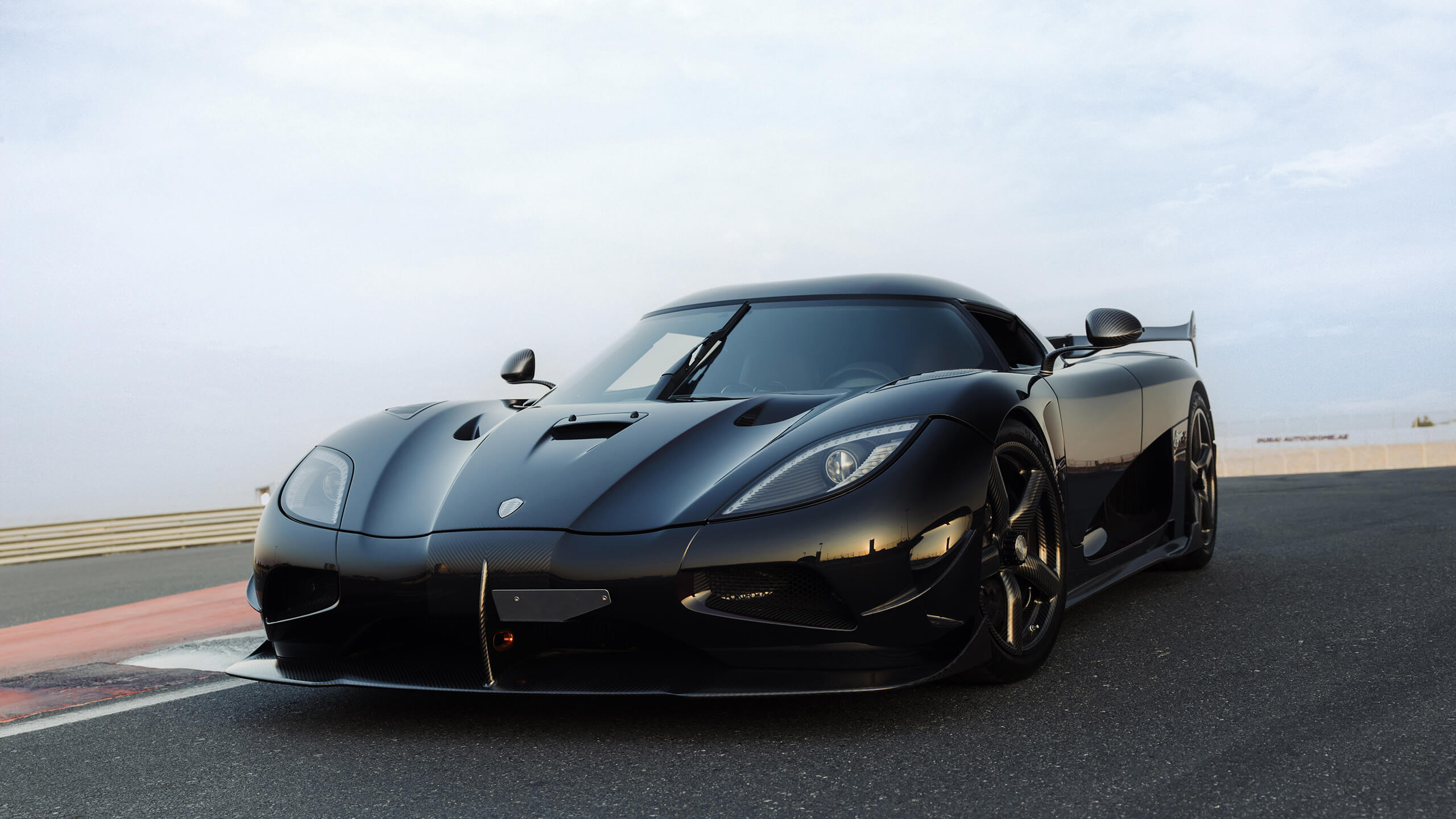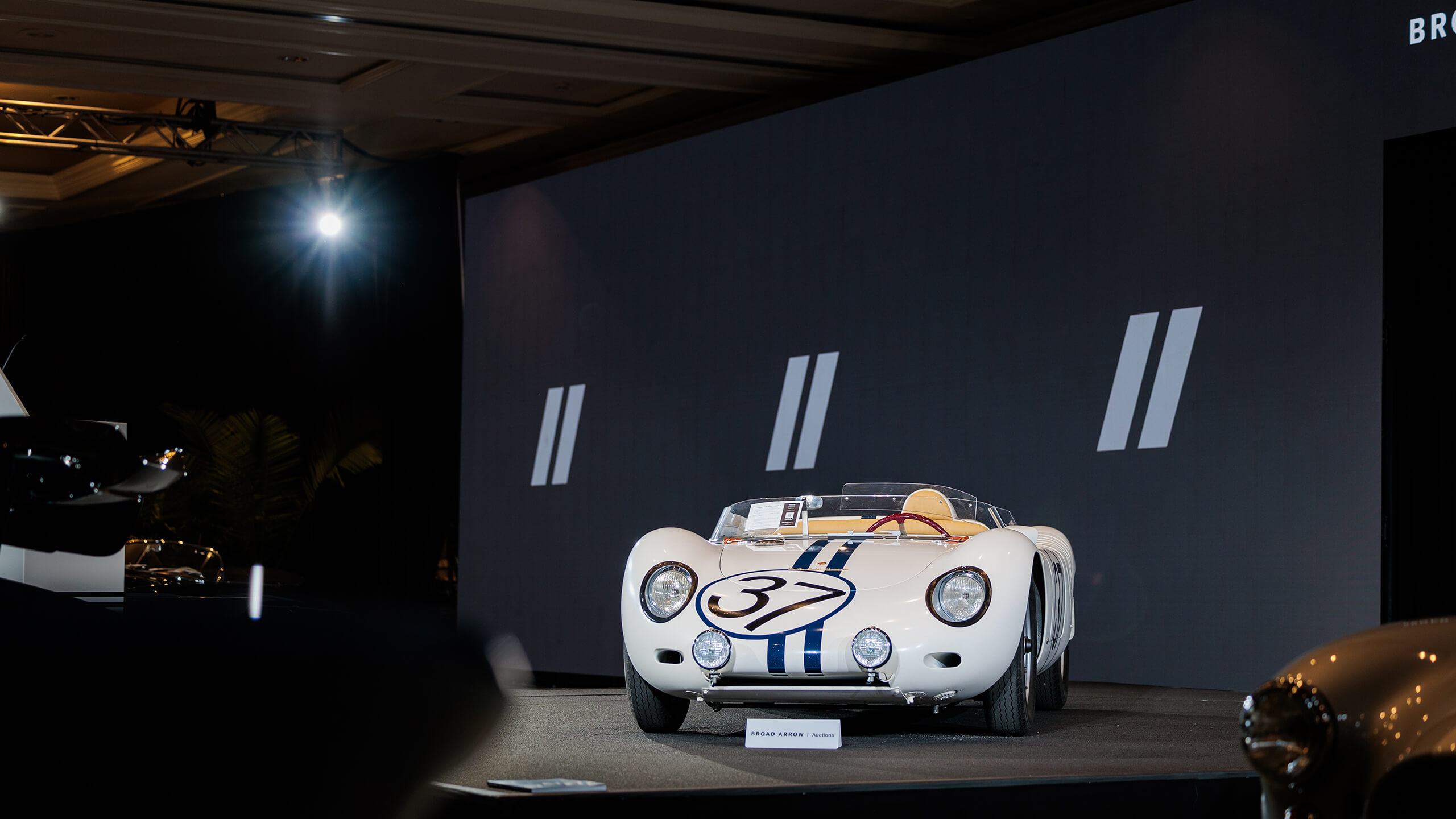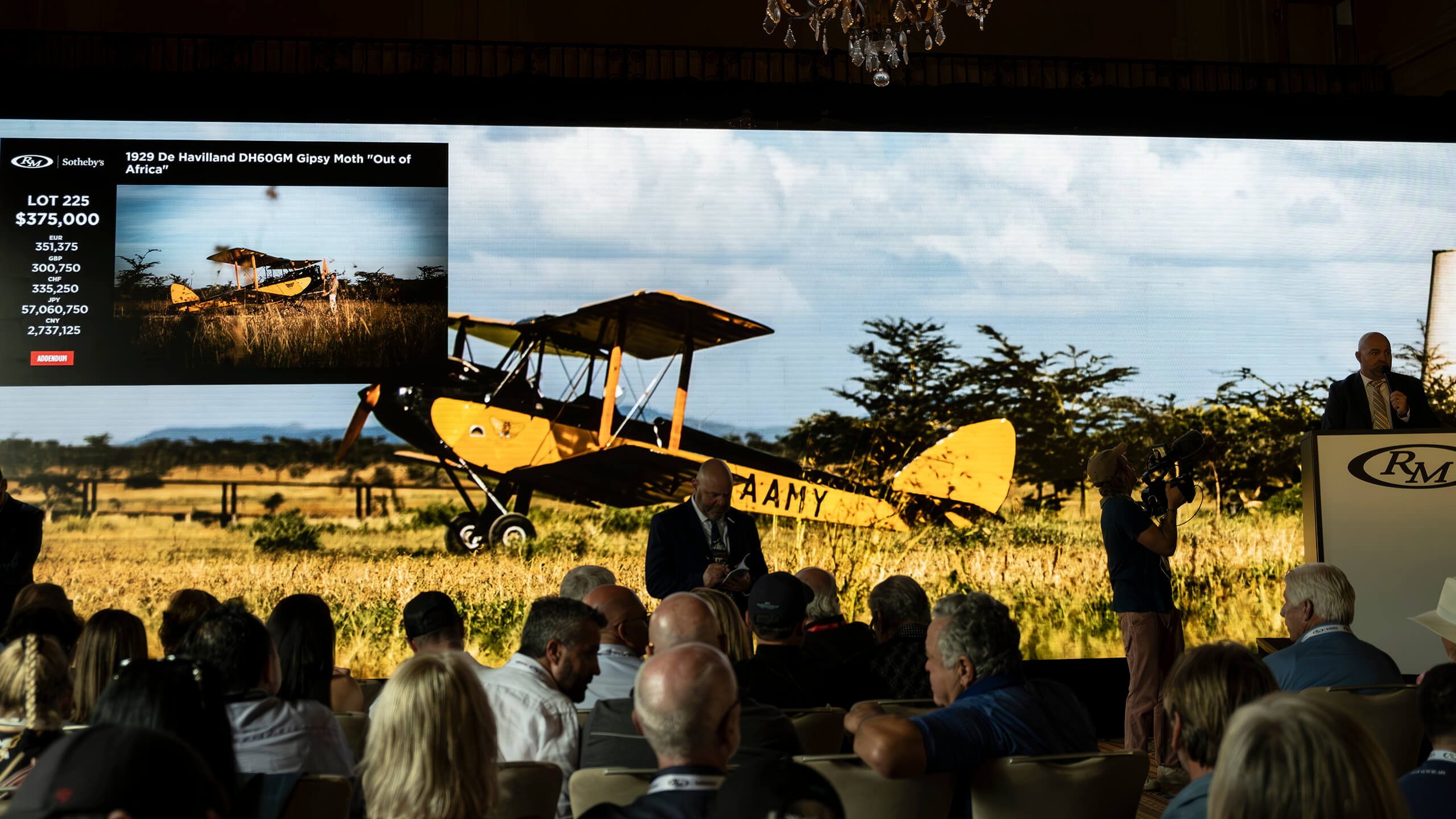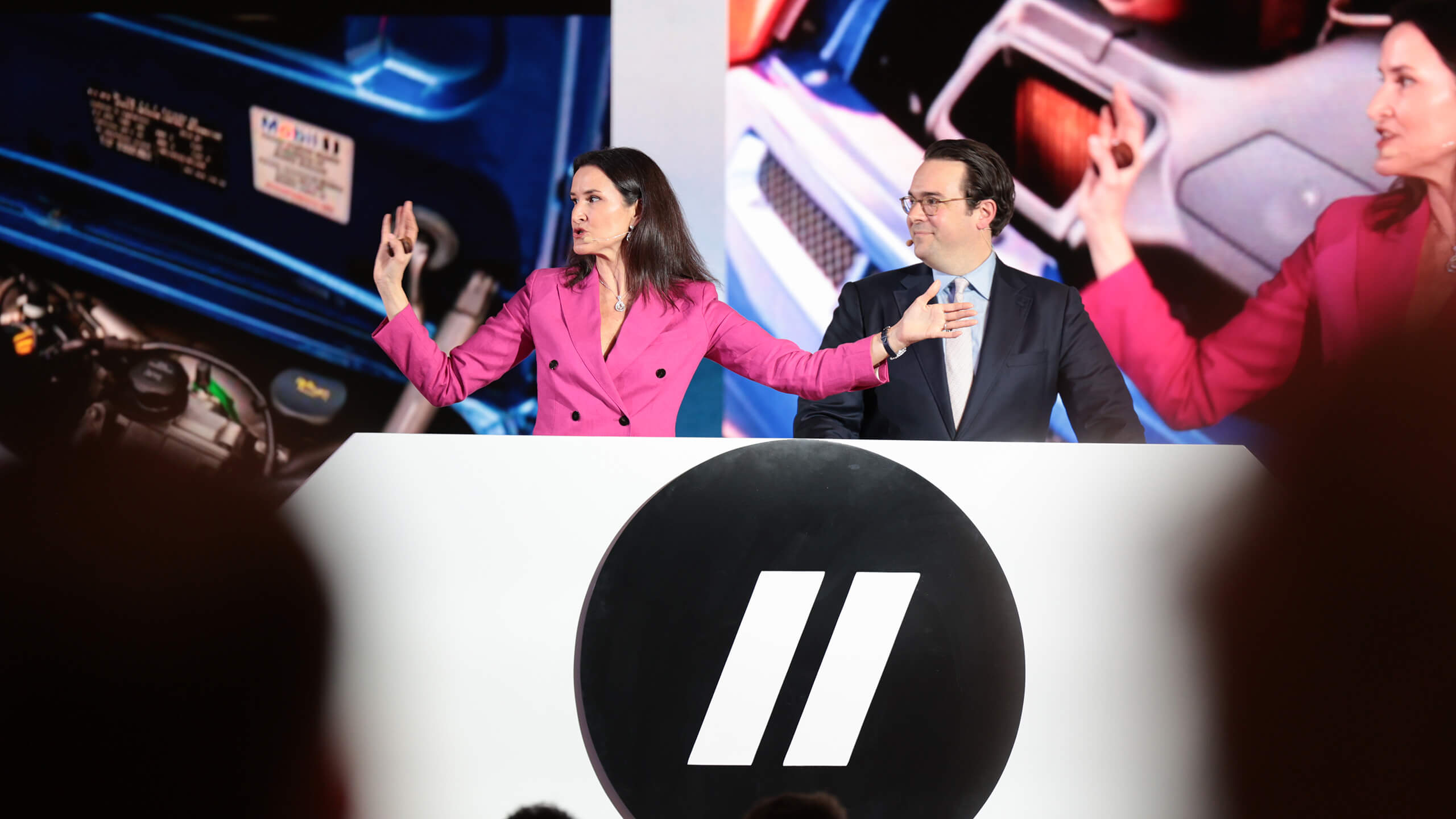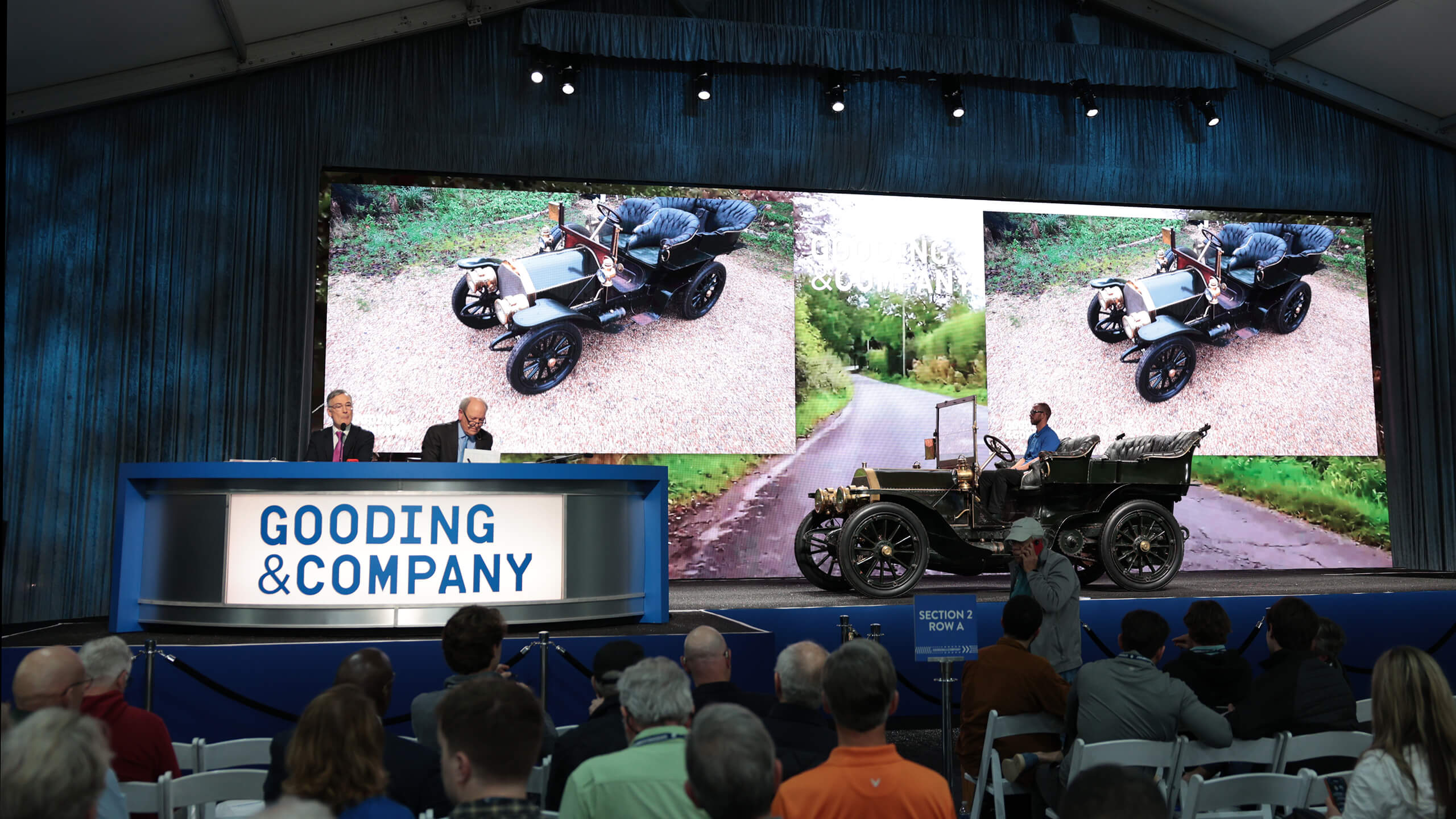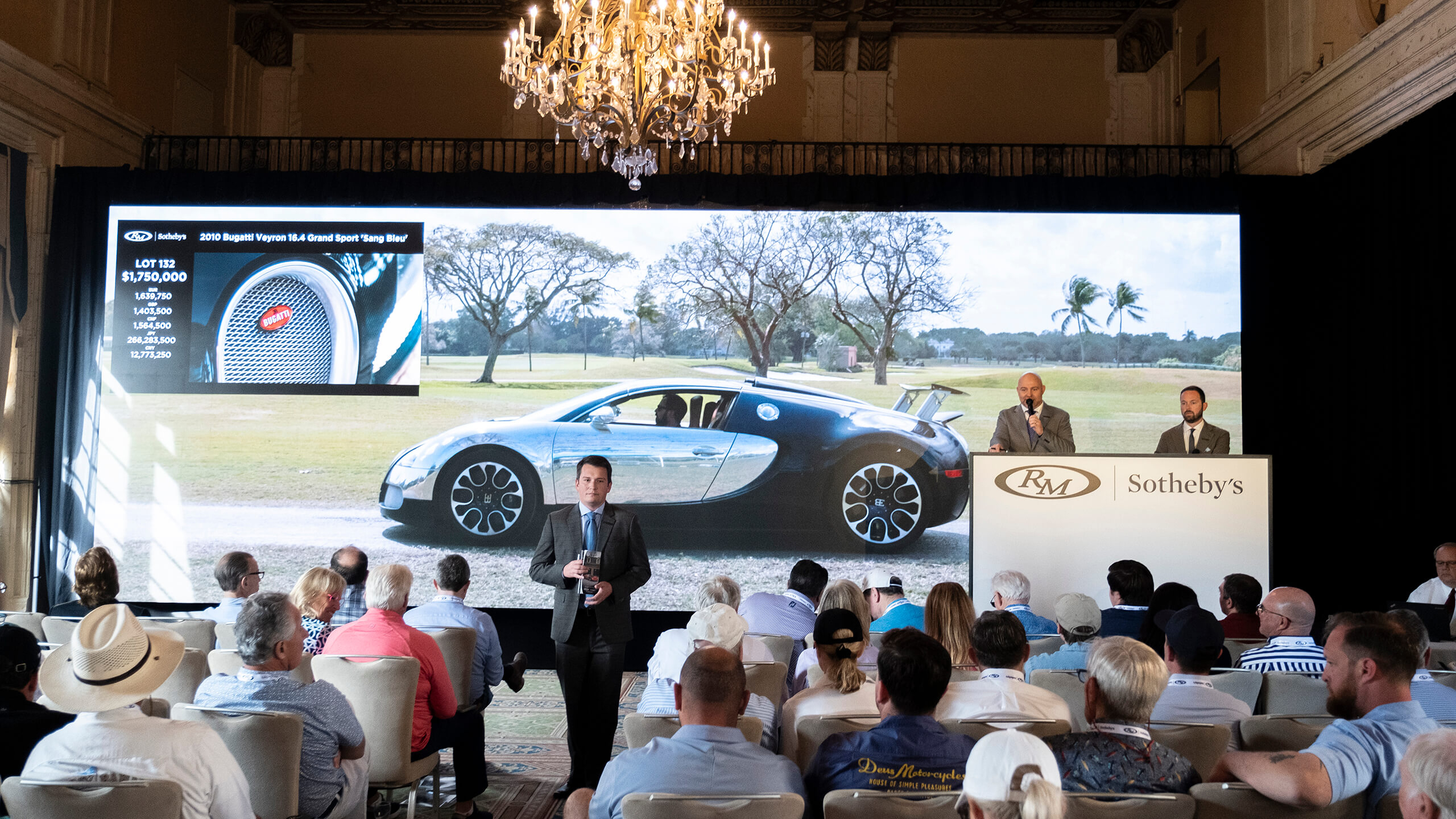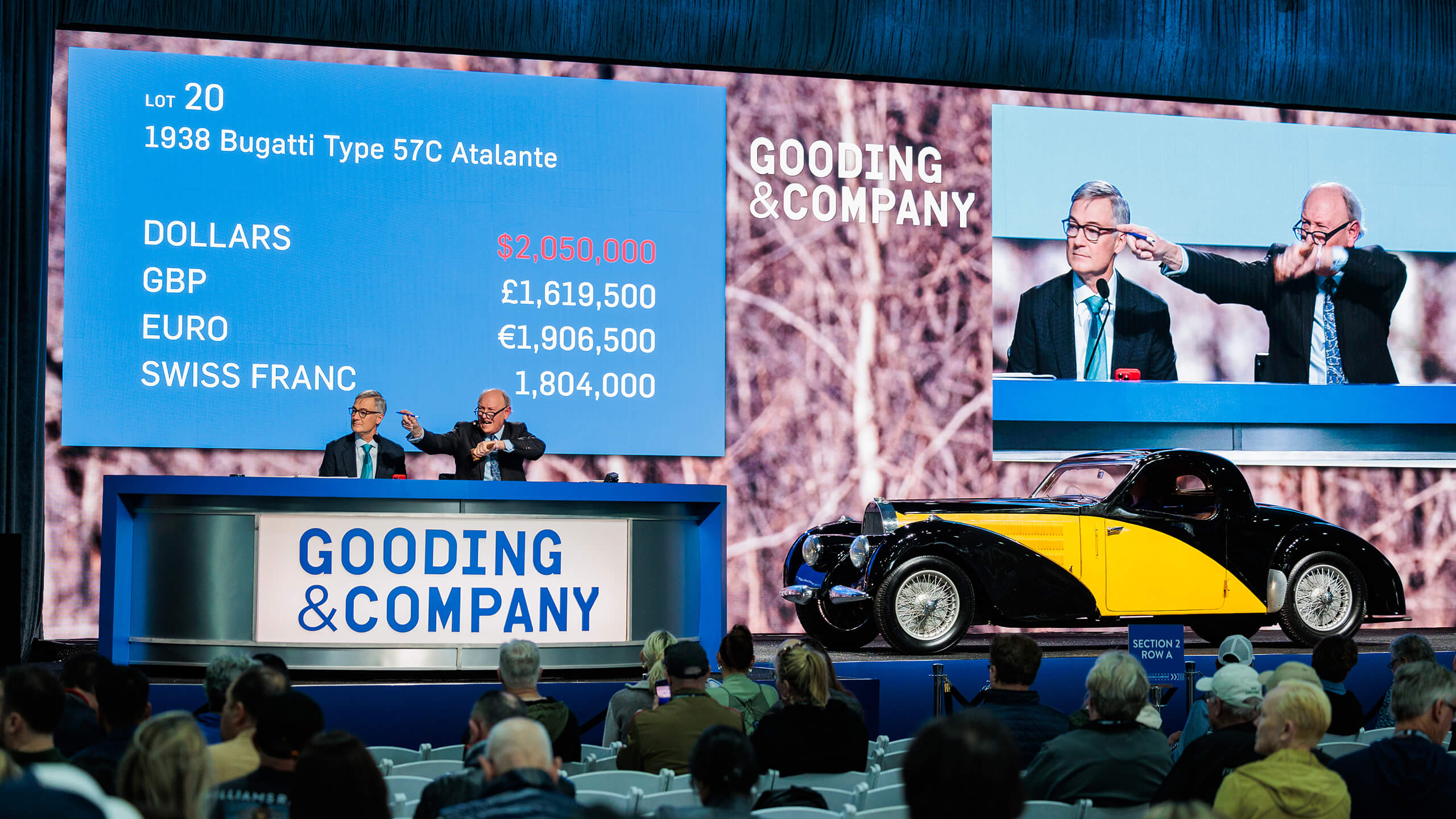Simon de Burton remembers Peter Blond, businessman and stylish gentleman racer
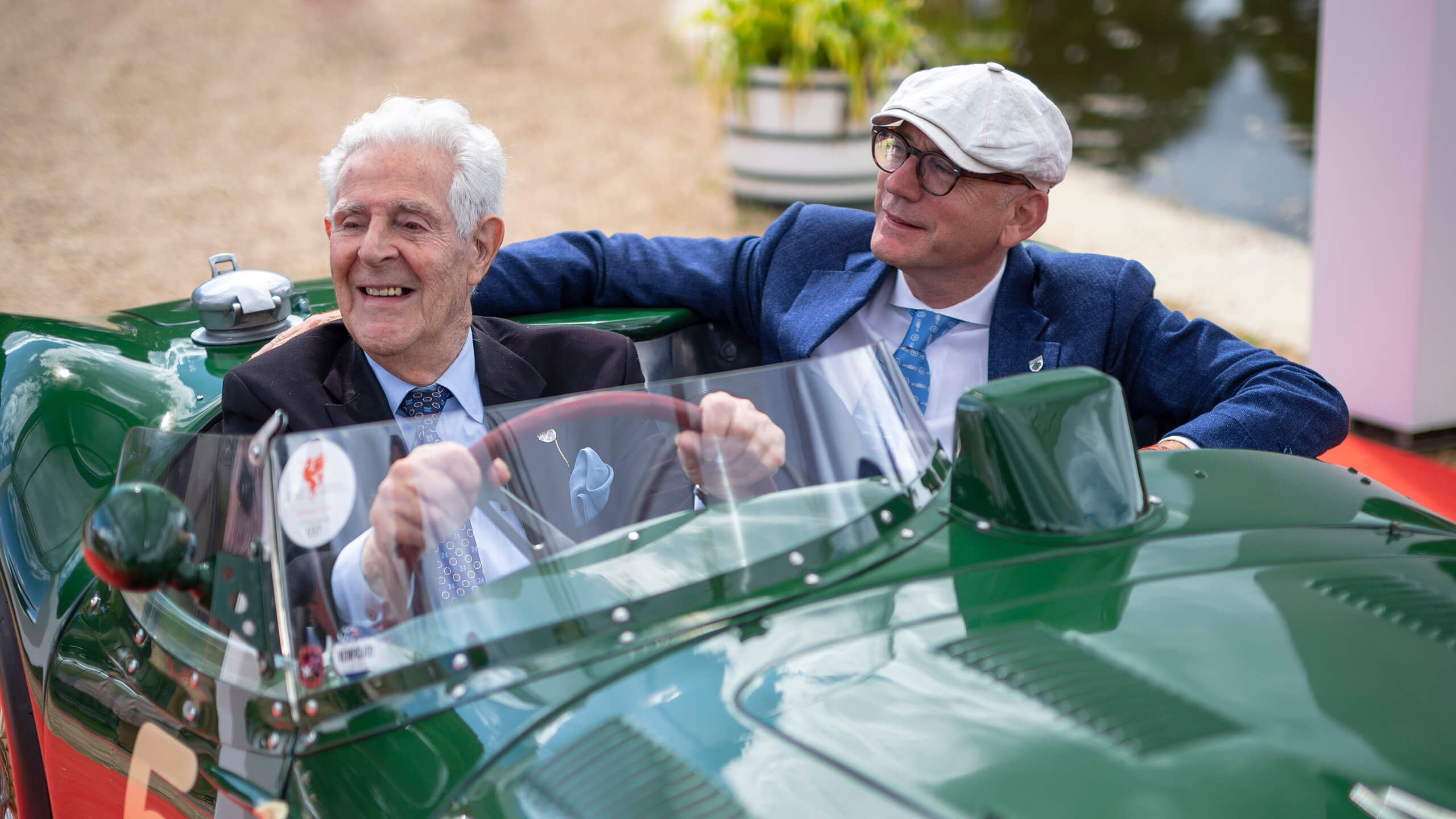
The old car world certainly lost some colour this month with the death of one of its best-loved characters, the former racing driver and Sotheby's specialist Peter Blond who left us on 10 January after contracting Covid-19.
Having spoken to Peter in November just a few days after his 91st birthday, the news that he had gone was a shock to say the least, as he had sounded as full of the life, enthusiasm and humour that I had come to associate him with since we first met at Sotheby's in 1993.
Peter became a fixture on the motoring scene when he took up racing while in his early 20s after his brother-in-law loaned him the money to buy his first serious road car, a Jaguar SS100.
The obituary published by the BRDC (of which Peter was elected a full member in 1956) recalls how he traded the SS100 with Roy Salvadori for a race-tuned XK120 that he took to Silverstone for a few practice laps, eschewing the requirement to seek permission from track manager Jimmy Brown who, incandescent with rage, is said to have 'brought him to a halt'.
Peter – whose choice of cars at this stage mirrored that of his friend the late Tory MP Alan Clark, with whom he had attended Eton – drove the XK on the road and competed in a few club events before taking it to Le Mans in 1954 where he again decided to put in a some quick laps out of hours, this time resulting in the way being blocked by a line of irate gendarmes.
That same year he borrowed money to finance the purchase of the ex-Ecurie Ecosse C-type that finished fourth at Le Mans in 1953.
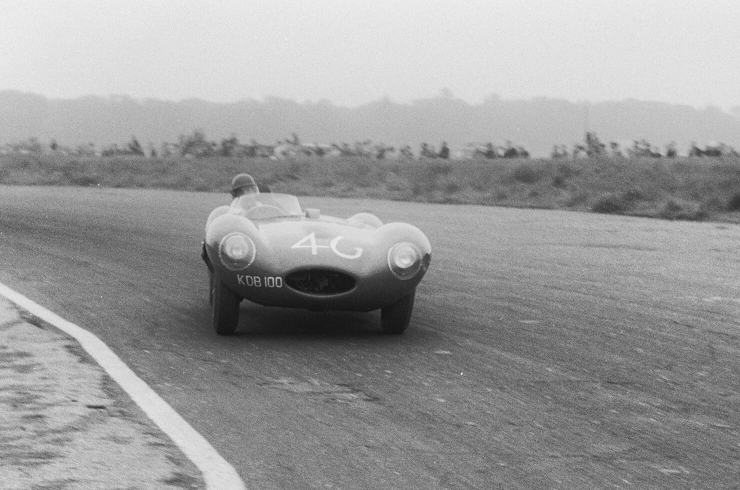
He achieved some good results with the car before moving-up to a distinctive, red D-type that he bought new from a young Bernie Ecclestone for £3,500 and raced extensively during the 1956 and '57 seasons, notching-up two firsts at Snetterton and putting in other impressive performances around the country. Coincidentally, the D-type (which Peter parted with in 1957) will cross the block at RM Sotheby's Arizona sale on 22 January – with an estimate of $5.75m to $7.5m.
Peter subsequently drove a variety of cars belonging to other people, including a works HWM Jaguar in the 1957 British Sports Car Championship, taking the chequered flag for the team at Brands Hatch and Oulton Park. The following year he and Tommy Bridger competed at Le Mans in a 1,098cc Tojeiro-Climax but recorded a DNF (broken axle), after which he partnered with the legendary Duncan Hamilton to finish sixth overall in the RAC Tourist Trophy at Goodwood, again in a D-type.
Peter last raced in 1959, driving a Lister Jaguar at Le Mans, competing in the Nürburgring 1,000km, and once more at the TT alongside Jonathan Sieff, a scion of the Marks and Spencer family with which Peter was also closely connected as a result of his father, Sir Neville Blond, marrying for a second time to heiress Elaine Marks (daughter of Michael Marks) in 1944.
Retirement from the race track coincided with the start of a life shared with fashion model Virginia Wynne-Thomas, to whom Peter remained married until her death in 2017. (This year, notes their daughter Rebecca, would have been the 60th anniversary of the couple's wedding).
Peter didn't exactly settle down, however, taking-up offshore powerboat racing in the early ’60s with a group of daredevil friends that included jockey Bill Shand-Kydd, motor racer Tommy Sopwith and Sir Max Aitken, son of newspaper baron Lord Beaverbrook.
After three decades in business as a clothing manufacturer with factories in Lancashire, Peter was able to once again immerse himself in the world of classic automobiles after his friend Grey Gowrie, Sotheby's chairman from 1985 to 1994, encouraged him to join the car department in 1991 under the management of Malcolm Barber.

Peter was undoubtedly brought on board due to his extensive international connections with the 'right' people – but the lives of those who knew him and worked with him were enriched in ways that extended far beyond mere business.
My introduction to him at Sotheby's, when I was a 20-something press office newbie, was slightly unnerving. It came in the form of a phone call which went like this: "Simon? It's Peter Blond. Come to see me, please." Click. It was delivered in the tone of an irascible headmaster and was clearly not to be ignored – but I had no idea who Peter Blond was, what he did or where I would find him.
An appeal to a colleague revealed that Peter was 'in the car department' on the fourth floor, up a narrow staircase in a little-visited part of the building. I entered cautiously, to find an impeccably turned-out gentleman wearing a grey suit with the finest of gold chains looping through the coat's buttonhole and disappearing into the breast pocket.
Red socks, a woollen waistcoat, a Budd shirt secured by exquisite cufflinks and half-moon glasses perched on the tip of a distinctive nose were also evident – while a shock of springy grey hair completed the picture of effortless elegance.
And then he spoke.
"You must be Mr de Burton," came the thick, Lancashire accent. "Would you like to, er, tek a seat - a'v got sumthin' to tell yer..."
It took a second to realise that this sounded very different from the Etonian tones that had come through the telephone, and a few seconds more to realise that both voices belonged to one and the same person.
I soon discovered that his ability to mimic was legendary, the Lancashire brogue honed during years running his clothing factories which, Peter delighted in saying, incorporated a hairdressing salon with signage that claimed '...branches in London, Paris, New York – and Wigan'.
As the months went by, I was allowed to attend 'car department boardroom lunches', intimate affairs for a handful of schmooze-worthy guests that took place in a small, beautifully decorated dining room within the heart of the building.
We would be 'looked after' by ex-military man Tony (always immaculate in starched white tunic, matching gloves and a black bow tie) who would start proceedings by serving Peter his usual aperitif of a vodka tonic with ice and lemon, to which he would sometimes react by slapping the back of his neck and making facial expressions that implied the vodka was of eyeball-searing strength.
Only the two of them knew, however, that these particular 'V and Ts' contained no vodka at all - Peter was always in control of his faculties.
Indeed, although playful, Peter took his Sotheby's job extremely seriously. At the regular RAF Museum car sales in Hendon – held, to the dismay of many, over the course of a long weekend – he would invariably arrive before the doors opened, often in his 'ex-works' (as in the textile works) Ford Sierra Ghia estate which, like everything Peter owned, was immaculately maintained on the basis that it made far more sense to keep a car that one knew inside-out rather than to waste time and money getting familiar with a new one.
Once inside, he would settle at a makeshift desk in the 'back room' and set-to on the telephone, effortlessly convincing potential buyers that they really did need that Green Goddess fire appliance/diesel-engined Rolls-Royce/hydroplane power boat or whatever other oddball vehicles had been consigned for sale in hope rather than expectation.
Otherwise, he might be patrolling the exhibition hall, catalogue in hand, mesmerising punters with his encyclopaedic knowledge of everything from the Alfa Romeo Montreal to the Willys Jeep (a vehicle for which he had a particular fondness). Occasionally, he might even be heard doing a loud impersonation of the sound made by a Jaguar C-type during a perfect, red-line up-change...
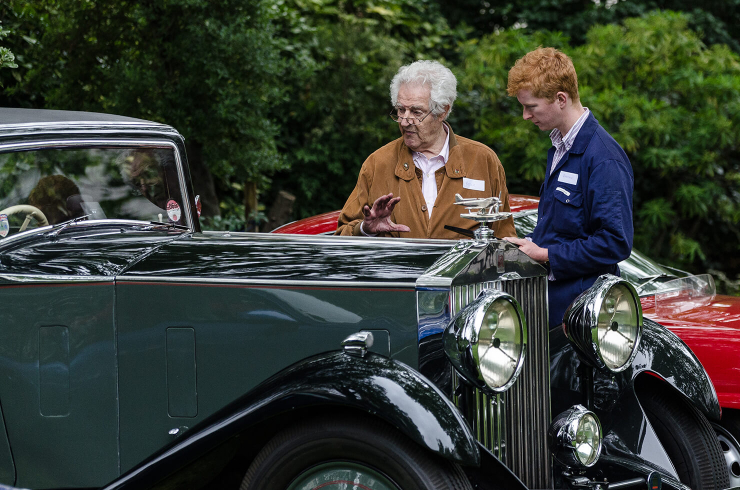
His involvement with the Rolls-Royce Enthusiasts' Club led, for a few years, to summer outings to Althorp House in order to hold an auction of Royce and Bentley cars during the annual RREC gathering. On one particular occasion, Peter kindly suggested that he and I took the car department's long-suffering secretaries to a restaurant in the Northamptonshire countryside that was said to be well worth a visit.
Peter, who was extremely punctual, had booked the table for 8pm sharp and, once the day's work was done, we set-off for the venue in his achingly elegant, 1933 Gurney Nutting-bodied Rolls-Royce Phantom II Continental, finished in two-tone green and black, with intricately etched passenger compartment glass and 'Libellule' illuminated radiator mascot.
It should have been a perfect evening, with the sun still shining warm, the girls looking relaxed in their floaty summer outfits, an enviable car in which to take to the open road and Peter entertaining us from behind the wheel.
Unfortunately, no one had thought to check the exact address of the destination, and it was only after repeatedly passing several of the same landmarks (at increasingly higher speeds) that we were able to find a wandering local who was familiar with the place – by which time Peter was furiously irritated and his three passengers were in physical discomfort as a result of trying to suppress our laughter at the slapstick scenario.
We finally walked in shortly before 10pm, by which time the kitchen was officially closed and 'chef' was hanging-up his hat. But Peter, always quick to shrug-off his ire, unleashed the full force of the Blond charm on the manageress and, within moments, a table was being set, ovens were lit and menus produced.
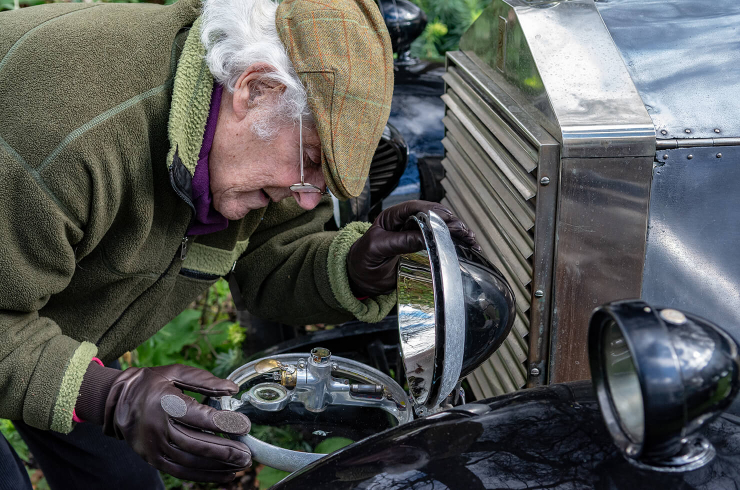
Another of his talents related to charity – he was not only exceptionally generous with time and donations, he was brilliant at encouraging people to help causes that they may not previously even have heard of.
On one occasion in around 1996, he decided to lead a drive to raise money for the Transport Trust by holding an auction of vehicle-related art. I received the inevitable 'Please come to see me' phone call and was tasked with promoting the idea through as many different media outlets as possible, a use of time that caused mutterings among my colleagues who deemed it better spent pushing sales that might actually make the company some money.
But I, like most of the people who worked with him, would do anything for 'Uncle Pete,' so I got 'promoting' – with an uncharacteristic measure of success – and it came to be known far and wide that amateur artists could enter a competition that might end in their work being offered for sale at the world famous auction house, 'Sotheby's', with the proceeds going to help the Transport Trust
More than 300 works were submitted, mainly of what might be called 'varying quality' – among the most memorable being a 15-foot canvas depicting a farm trailer which had been painted extremely badly by, according to the entry slip, 'Polly from Derby, using the Pointilliste method'.
Peter called on his friend Melvyn (soon to be Lord) Bragg to help sort the small amount of wheat from the considerable quantity of chaff in order to create a 'well-curated' auction comprising around 50 lots. The saleroom was packed – again thanks to Peter's world-beating contacts book – and made an impressive sum for the Trust.
Peter, of course, spent the most generously, including buying the 'top lot' of the evening, a small but superb acrylic showing Fangio at the wheel of an Alfa Romeo. It was painted by a then-unknown automotive artist – but, thanks to Peter, Barry Rowe is now widely renowned, and his work is owned by some of the world's greatest collectors.
It was, however, a rather more serious charity that received the bulk of Peter's philanthropic attention.
As one of only four experienced plastic surgeons in Britain at the outbreak of war, Sir Archibald McIndoe was posted to the Queen Victoria Hospital in East Grinstead, Sussex, where he founded a centre specialising in repairing the horrific injuries suffered in combat by RAF personnel.
Together with Canadian plastic surgeon Ross Tilley, 'Archie' developed new ways to treat these never-before-seen wounds in order to help the victims, who were often severely burned, return to normal life. In 1941, he established The Guinea Pig Club for disfigured pilots and bomber crew in recovery, with the main aim of helping them regain their confidence and self-esteem as part of rehabilitation.
Neville and Elaine Blond opened up their nearby house to the Guinea Pigs, whose existence led the couple to establish the Blond McIndoe Research Institute by funding a block of research laboratories in 1959 and, just five years later, financing the creation of an entire burns centre at the hospital. Peter remained a tireless patron and ambassador for the Institute for the next 56 years.
He was tireless, too, in his pursuit of the material aesthetic - something that manifested itself in his aforementioned dress sense (although he appeared to own relatively few sets of formal clothing, preferring quality over quantity and opting, for example, to have the master shirt makers at Budd replace worn-out cuffs and collars rather than discarding a garment in otherwise good condition).
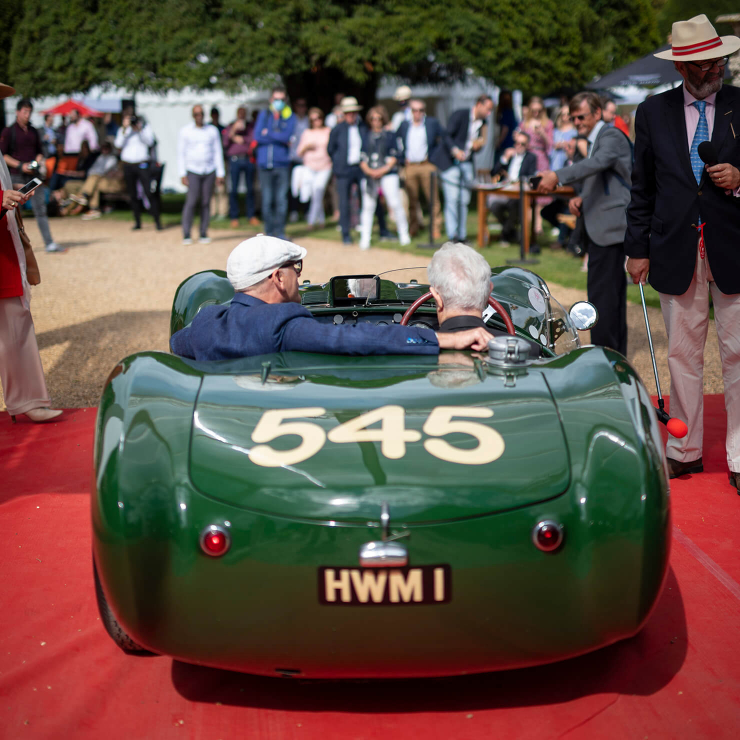
But it was 'things' that Peter really appreciated and understood, from cars and automobilia (of course) to boats (real and model), paintings, furniture and any truly well made 'objet d'art'. As a result, the homes that he and Virginia decorated together – which, at one point, could be found in locations as diverse as America's east coast, south west France, Wiltshire and London – served as master classes of interior design and depositories of his 'finds'.
I visited only one, the pair of fifth floor flats he bought in Pimlico's Warwick Square during the 1970s – a bargain due to being elevator-less 'walk-ups’ – and combined to create a spectacular yet homely 'duplex' to which, after a hard day at Sotheby's, he would relish returning in order to settle into a weekday night ritual that most people would not expect of him: lying on his bed and watching ITV's Coronation Street 'on the telly,' preferably with Virginia by his side.
It was a far cry from the couple's perhaps wilder days of the Swinging ’60s when Peter's lifelong friend, entrepreneur and fellow aesthete Mark Birley established the famous Annabel's nightclub in Berkeley Square. Peter was not only a founder member, but also provided many of the tightly-bunched artworks that characterised the place.
On Birley's death in 2007, Peter inherited his Audemars Piguet wrist watch which, knowing me as a horophile, he would sometimes wear when we met saying "I knew I was going to see you, so I'm wearing the Piglet”.
Peter had shifted from the car department following its closure at the turn of the millennium (Sotheby's subsequently formed a partnership with RM) but, despite being into his seventh decade, he continued a daily nine-to-five in the Mayfair office of Sotheby's Realty, using his charm, knowledge, humour and dependability to sell multi-million dollar properties around the world.
In recent years, the office moved conveniently close to his Pimlico home and we would occasionally – too occasionally – meet for a morning coffee in nearby Ebury Street. He paid last time, so it would have been my turn next.
How I wish I still had the chance to set us even.
Top photograph and above by Riiko Nuud, courtesey of Fiskens. The occasion was the 2020 Concours of Elegance, where Gregor Fisken accompanied Peter who drove his old HWM Jaguar 'HWM 1' to the podium.


